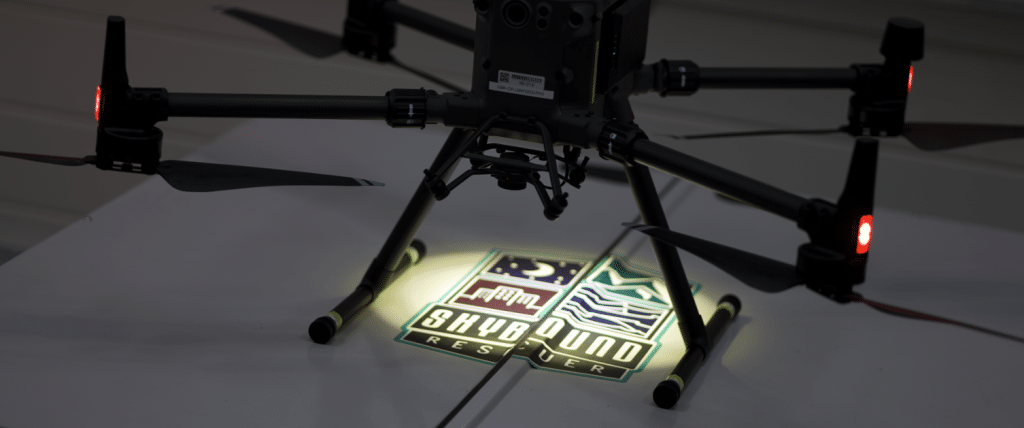New Drone Rules Could Revolutionise Medical Deliveries in the UK
The UK’s drone regulations may soon undergo significant changes, according to new proposals that could facilitate the delivery of critical medical supplies.
The Civil Aviation Authority (CAA) has unveiled plans aimed at making it easier for drones to be flown beyond the visual line of sight (BVLOS) of their operators. These changes would also benefit rail firms and power companies by enabling more efficient inspections of essential infrastructure.
Integration of New Technology into UK Airspace
As part of a broader initiative to integrate innovative technology into UK airspace, the CAA stated: “Inspections of railways, powerlines, and roads as well as critical medical deliveries could be unlocked with new proposals put forward by the UK Civil Aviation Authority to allow further flying of drones beyond the visual line of sight.”
Current and Proposed Rules for Drone Operations
Presently, drone operations are heavily restricted when the pilot cannot maintain direct visual contact and must rely on the drone’s on-board camera feed. The primary concern is the inability of drones to detect and avoid other aircraft, which is why such flights are only permitted under trial conditions in segregated airspace.
The proposed regulations would permit BVLOS flights at low altitudes in areas where other aircraft are not expected to operate, including:
- Within 30 metres of any building
- Within 15 metres of a railway, road, or power line
- At a maximum height of 15 metres over private property
In practice, these drone regulation changes would allow drones greater freedom to inspect essential infrastructure, monitor agricultural land, and enhance site security.
A Positive Step for Drone Operations
Kevin Woolsey, Head of Remotely Piloted Aircraft Systems at the CAA, commented: “Our proposals are a positive step towards unlocking the next stage for drone flying in the UK. Allowing drones to fly beyond the sight of the remote pilot, without placing restrictions on other aircraft in the area, will be a major achievement for UK drone operations.”

Future Flight Programme and Industry Collaboration
The new drone regulation proposals will be subject to a six-week consultation and are part of the UK Future Flight Programme. The CAA is collaborating with industry stakeholders to prepare for a future where new types of aircraft, including delivery drones and electric flying taxis, become increasingly common.
Enhancing Infrastructure and Healthcare
These regulatory changes promise to revolutionise various sectors by making infrastructure inspections more efficient and enabling the rapid delivery of critical medical supplies, thereby enhancing the resilience and responsiveness of the UK’s healthcare and essential services.
Stay updated on these developments as the UK moves towards a more advanced and integrated airspace, paving the way for the future of drone operations and beyond.
Read more about UK Medical Drone Use

